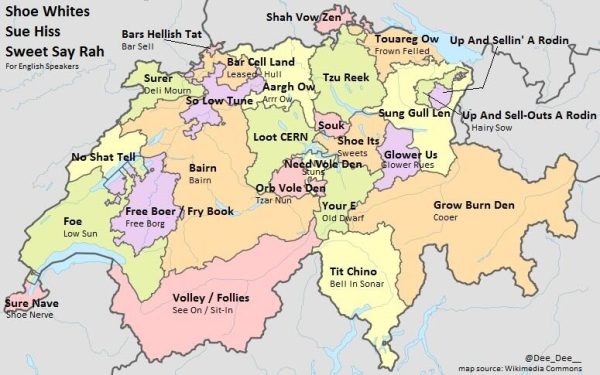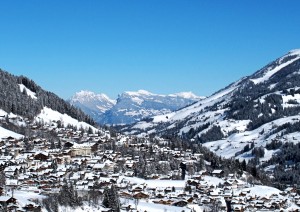Spending so much time in the mountains in the winter, I tend to take for granted how the charges for lift passes work, so I was surprised to be asked the other day by somebody who was considering going skiing for the first time whether it was like a theme park, with one ticket providing you access to all the facilities.
So if you are unsure how the whole ski pass system works, here is Swiss ski pass 101.
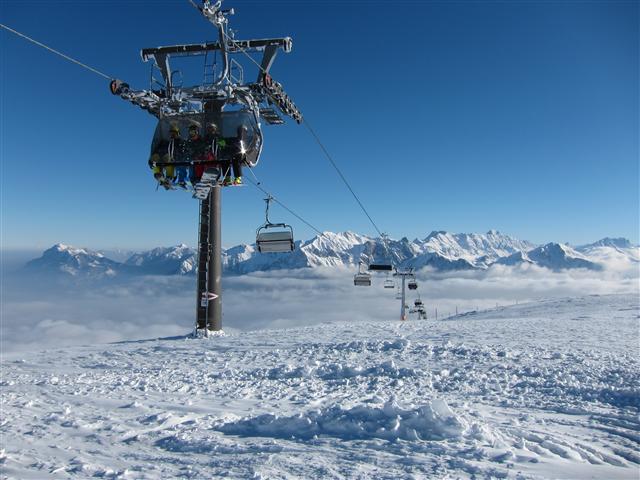
Of course there is clearly a lot of variation, but generally you buy one pass to access the lift system in the mountains, and pay separately for any equipment you may wish to hire. If you are prepared to walk up the slopes and have your own equipment, you can use the mountains for free! Conversely if you wish to simply access a mountain restaurant, you will still need to buy a lift pass to get there if you are not prepared to walk.
Most occasional skiers, snowboarders, tobogganists and snow shoe walkers have the option of buying a ski pass for a single ascent or descent, a period of a part of a day, or for one or more days, or can use cards based on points where each ride deducts points from the amount recorded on your pass. Seniors and youngsters get discounts and generally kids upto six years old go free. In addition, the more days you buy, the cheaper the per diem rate is – and you can normally buy a pass for any given number of days. There are also passes that cover the whole season, or the entire year, and these may be discounted for residents of the gemeinde or canton in which the resort is located – if that applies to you, enquire locally.
Sometimes lift passes cover only one resort, but many cover a ski area that links more than one resort or even a cluster of unconnected ski resorts, such as the Gstaad Mountain Rides pass. If you only intend to ski part of a ski area, there are usually reduced rate lift passes for a reduced domain. These are particularly useful for beginners or intermediates.
I will use Verbier as an example of how ski passes tend to be structured. The skiing in and around Verbier can be broken up into four areas, Verbier, La Tzoumaz/Savoleyres, Bruson and one for the whole area, 4 Vallées/Mt Fort. A day pass for Verbier alone costs CHF 65 and for the entire area, CHF 70.
A pass for the whole 4 Vallées area for 6 days is CHF 355, for 13 days CHF 634, for 21 days CHF 914 and for the season CHF 1435. In addition there is a refundable CHF 5 deposit on the key card you use to access lifts, as is the case in most resorts. Discounts of 15% apply for groups of 15 or more, young people and seniors; discounts of 10% are available for families. There are also specially-priced pedestrian access passes.
The 4 Vallées Club Card allows you to ski the 4 Vallees area at a reduced price all season and works like a credit card, with your days on the mountain being debited from the card at the end of each ski day. The discount ranges from 10% to 50%. Of course you can also use the Valais Card to access Verbier too – see below.
The Valais Card is an example of a scheme that covers an even wider range of resorts. The main ones are:
- The Schneepass Central Schweiz provides 500 km of slopes in 13 different ski resorts, notably Engelberg, Klewenalp, Meiringen-Hasliberg, Melchsee-Frutt, Andermatt, Sörenberg and Stoos. Adult season pass is CHF 1100 with various reduced rates for seniors, families and younger skiers.
- The Meilenweiss skipass covers 13 resorts, including Braunwald, Elm, Flumserberg, Grüsch Danusa, Pizol, Stoos and Toggenburg. The adult pass bought before the end of November is CHF 998 and CHF 1048 after, with various reduced rates for seniors and younger skiers.
- TopCard covers 773km of slopes at Davos, Klosters, Flims Laax Falera and Ischgl Samnaun. The adult pass bought before the 11th November is CHF 1040 and CHF 1230 after, with various reduced rates for seniors and younger skiers.
- The Valais Card covers virtually every resort in Valais (including Zermatt and all the usual suspects) – a staggering 2800km piste, 54 ski areas and 4 thermal baths. You buy a card and charge it with points, which are deducted each time you use a lift or spa, with discounts of upto 10% off advertised lift prices. The minimum purchase is CHF 100.
- In the Vaud Alps the Free Pass provides you with a keycard that works like credit card, with discounts of 30% on weekdays and 15% on Saturdays and Sundays.
Finally there is the Snow’n’Rail scheme covered in an earlier post, which gives you a 20% discount on the combined use of public transport getting to a resort and for the lift pass once you get there.
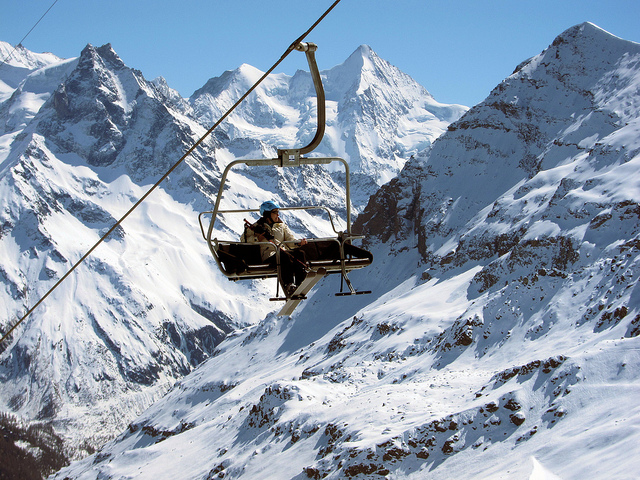
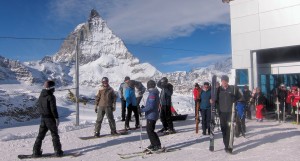 I got my first runs in for the season, at Zermatt and Cervinia. The snow was good, the temperatures suitably cold and enough lifts were open to make it a pleasant enough day. However the one problem with early season skiing is that few resorts offer much in the way of terrain, valley runs are roped off even if the snow conditions are good (to save them for the Christmas period), many lifts are closed (to save on staff costs I guess) and you still have to fork out the full price.
I got my first runs in for the season, at Zermatt and Cervinia. The snow was good, the temperatures suitably cold and enough lifts were open to make it a pleasant enough day. However the one problem with early season skiing is that few resorts offer much in the way of terrain, valley runs are roped off even if the snow conditions are good (to save them for the Christmas period), many lifts are closed (to save on staff costs I guess) and you still have to fork out the full price.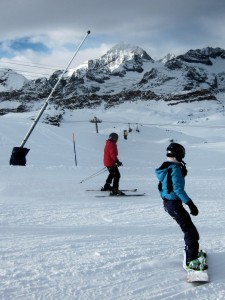 My ski legs seemed to work pretty well, but harder to get used to was altitude sickness. By the end of the season I am acclimatised to it, but in the early part of the season where most of the open runs tend to be over 3000m I need to pace myself to avoid getting nauseous.
My ski legs seemed to work pretty well, but harder to get used to was altitude sickness. By the end of the season I am acclimatised to it, but in the early part of the season where most of the open runs tend to be over 3000m I need to pace myself to avoid getting nauseous.
